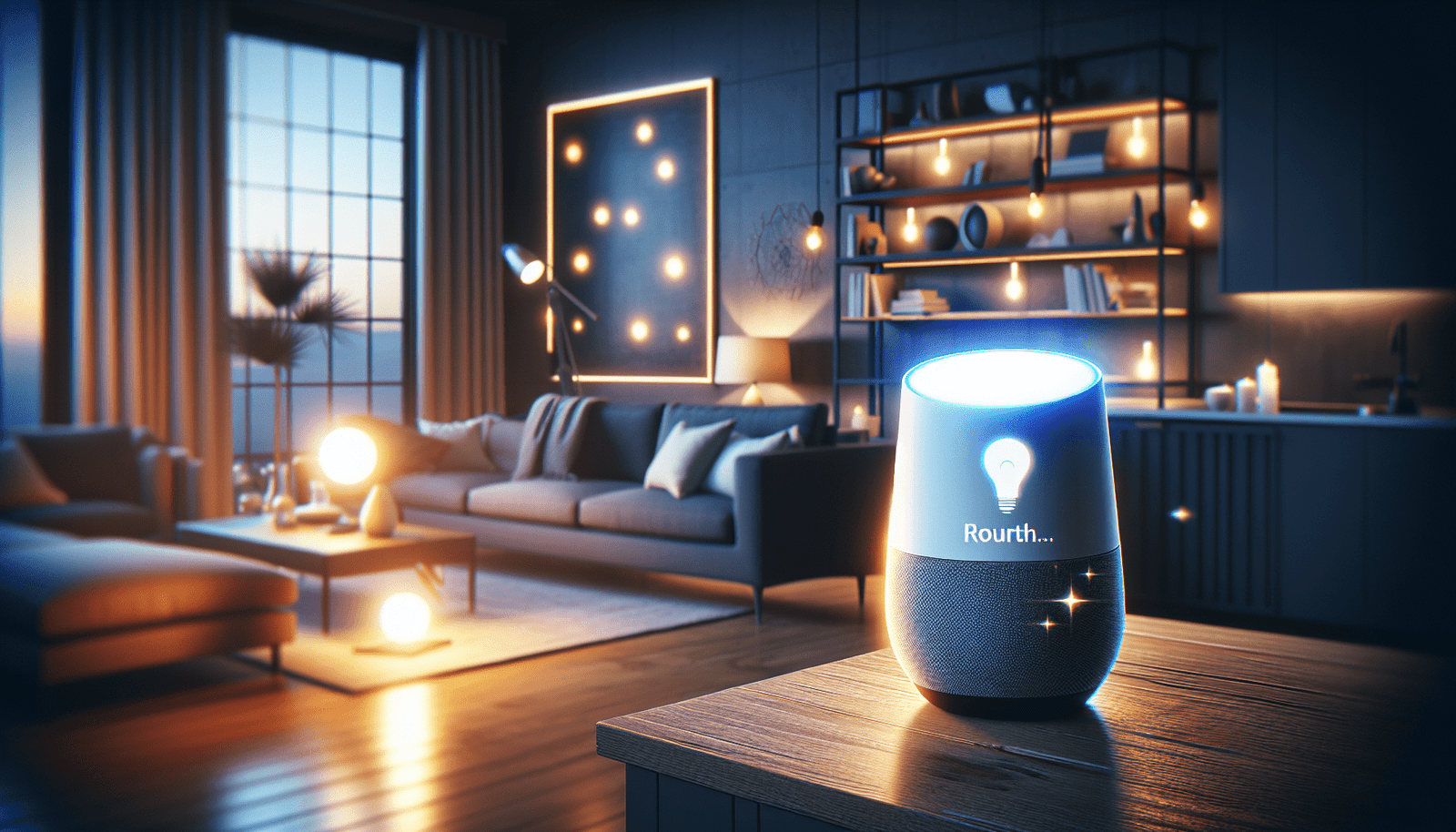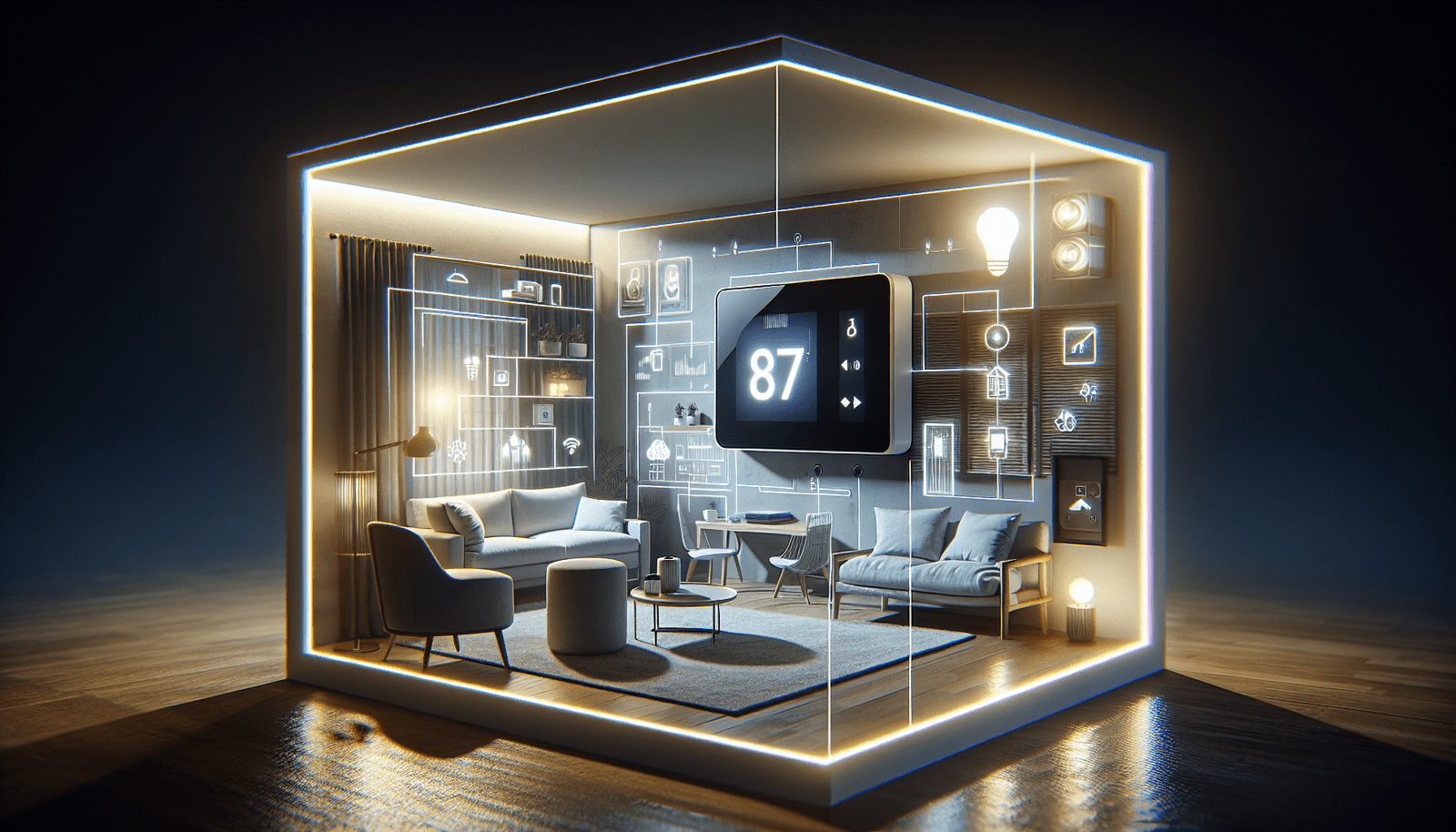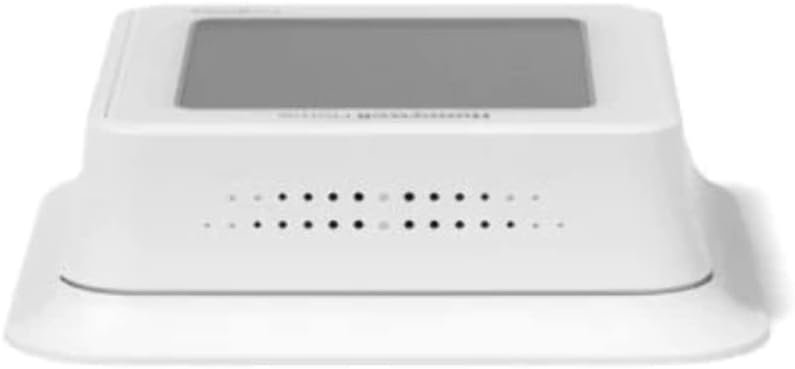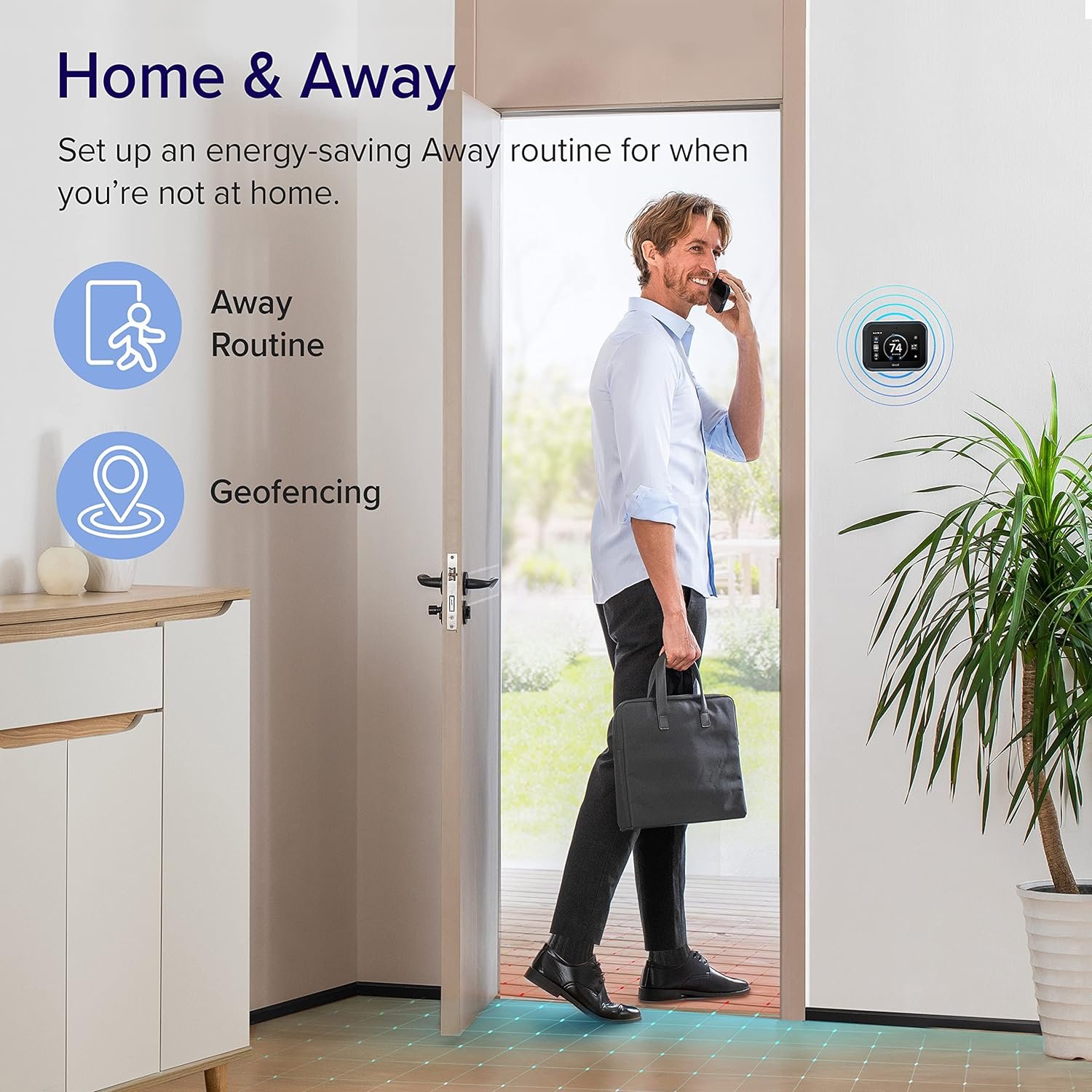Have you recently embarked on the journey of creating a smart home, only to find yourself puzzled by a myriad of unexpected challenges? You’re not alone. As innovative as smart home devices are, they often come with their own set of hurdles that can confuse even the most tech-savvy individuals. Whether it’s a Wi-Fi camera that simply won’t connect or a voice assistant that refuses to listen, troubleshooting these hiccups is essential to creating a seamlessly connected and efficient living environment.
In this article, we’ll explore some of the common problems users encounter with smart home devices, offering practical solutions and insider tips to enhance your smart home experience. Whether you’re a homeowner seeking to enhance your living space, a renter eyeing temporary solutions, or a tech enthusiast eager to integrate cutting-edge technology into daily life, this guide is designed to equip you with the essential know-how.
Understanding Smart Home Technology
Before diving into troubleshooting, it’s helpful to understand what smart home technology entails. Smart home devices refer to electronic devices that can be controlled remotely via a smartphone, tablet, or smart speaker. They range from lighting systems and thermostats to security cameras and refrigerators, all interconnected to create a more convenient living environment.
The Benefits of Smart Home Devices
Smart home devices are more than just high-tech novelties. They offer an array of advantages including enhanced security through surveillance systems, improved energy efficiency through smart meters, and heightened convenience via voice-controlled assistants. By automating everyday tasks, these devices can significantly enhance your lifestyle and offer peace of mind.
The Costs and Value Proposition
The cost of smart home devices can vary widely, often depending on the functionalities and brand. While upfront costs can be significant, the long-term savings through energy efficiency and increased property value often make them a worthwhile investment. It’s essential to weigh both initial expenses and potential savings for a clearer picture of your return on investment.
Common Problems and Solutions for Smart Home Devices
Connectivity Issues: Wi-Fi and Network Problems
A common pain point for many smart home users is connectivity issues. Smart devices generally rely on a stable Wi-Fi connection, and any interruption or weak signal can render them ineffective.
Solution:
- Evaluate Wi-Fi Coverage: Ensure your smart devices are within the range of your Wi-Fi router. Consider installing Wi-Fi extenders if necessary.
- Check Network Settings: Make sure both your router and the smart device are on the same network frequency band, usually 2.4 GHz or 5 GHz, depending on the device’s requirements.
- Reboot Devices: Sometimes, a simple reboot of your smart device and router can resolve connection issues.
Device Not Responding to Commands
Few things are as frustrating as a device that ignores your commands, whether verbal or via an app. This issue could stem from software bugs or configuration errors.
Solution:
- Update Software: Regularly update both the device’s firmware and the controlling app to the latest versions.
- Check Device Settings: Ensure the device is set up correctly within the app, and verify that it is receiving power.
- Factory Reset: If problems persist, a factory reset can often rectify issues but remember to back up any crucial configurations first.
Compatibility and Integration Problems
In the quest for a cohesive smart home, users often face compatibility issues between different brands and platforms, including controlling everything via a single smart hub.
Solution:
- Research Compatibility: Before purchasing a new device, ensure it’s compatible with your existing smart home system or ecosystem.
- Utilize Smart Hubs: Platforms like Google Home, Amazon Alexa, or Apple HomeKit can often integrate devices from multiple brands, offering a unified control point.
- Seek Third-Party Apps: Sometimes, third-party apps offer better integration options for differing devices.

Practical Setup Guides for Common Smart Home Devices
Installing Smart Light Bulbs
Smart light bulbs offer flexibility and energy savings, allowing you to control lighting via apps or voice commands.
Setup Steps:
- Replace Existing Bulbs: Swap your traditional bulbs with smart ones.
- Download the App: Follow the manufacturer’s instructions to connect the bulbs to your home network via the app.
- Integrate with Voice Assistants: Sync your smart bulbs with a voice assistant for added convenience.
Setting Up Smart Security Cameras
Smart security cameras are a top choice for home security, offering real-time surveillance and alerts.
Setup Steps:
- Position Your Cameras: Place cameras at key points around your home, ensuring they are within Wi-Fi range.
- Connect to Wi-Fi: Follow the setup instructions to connect them to your home network.
- Customize Settings: Use the app to adjust settings such as motion detection sensitivity and alert notifications.
Addressing Security and Privacy Concerns
Potential Risks and Safety Features
While smart home devices offer security enhancements, they bring potential risks, especially concerning privacy and data security.
Solution:
- Use Strong Passwords: Ensure smart devices and networks are secured with robust passwords.
- Enable Two-Factor Authentication (2FA): This adds a layer of security, reducing unauthorized access risks.
- Regular Security Audits: Periodically review device and network security settings.
Top Practices for Smart Home Security
Maintaining a secure smart home is crucial given the increasing sophistication of cyber threats.
- Update Regularly: Keep all smart devices updated to patch vulnerabilities.
- Secure Your Network: Utilize encryption protocols such as WPA3 for your Wi-Fi network.
- Read Privacy Policies: Understand how your data is collected and used by smart device manufacturers.
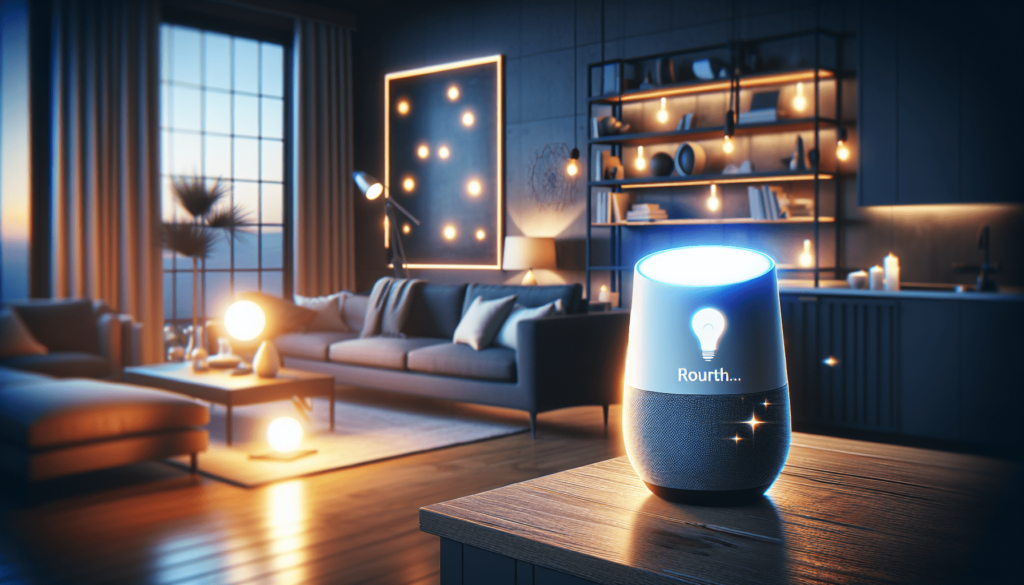
Enhancing Energy Efficiency and Sustainability
The Role of Smart Devices in Energy Reduction
Smart home technology can significantly reduce energy consumption, making your home more sustainable.
Devices That Help:
- Smart Thermostats: Automatically adjust heating/cooling based on occupancy or schedules, reducing energy waste.
- Smart Plugs: Turn off devices remotely or on schedules to save electricity.
Examples and Case Studies
A smart thermostat can cut both heating and cooling bills by 10-15%. By learning your preferences over time, it optimizes energy usage while maintaining comfort.
Navigating Compatibility and Connectivity
Ensuring Device Synergy
Assembling a smart home from various brands and technologies can be daunting due to compatibility issues.
Tips for Consistency:
- Stick to Ecosystems: Whenever possible, stick to devices that operate under a singular smart ecosystem.
- Integrate with Platforms: Use platform support, such as IFTTT, for creating workflows that span multiple device brands.
Future-Proofing Your Smart Home
Staying Ahead with Emerging Trends
The smart home industry is rapidly evolving, with innovations constantly on the horizon.
Current Trends:
- AI and Machine Learning: Devices are becoming more intuitive, learning habits to optimize function.
- 5G Integration: Faster internet speeds will improve device response time and connectivity.
- Eco-Friendly Devices: Expect more manufacturers to focus on sustainable smart device production.
By utilizing these insights, you can troubleshoot and enhance your smart home ecosystem effectively. Armed with the right knowledge and approaches, your smart home will not only function smoothly but also cater to your modern lifestyle needs, ensuring that every device contributes efficiently to a connected home life.
